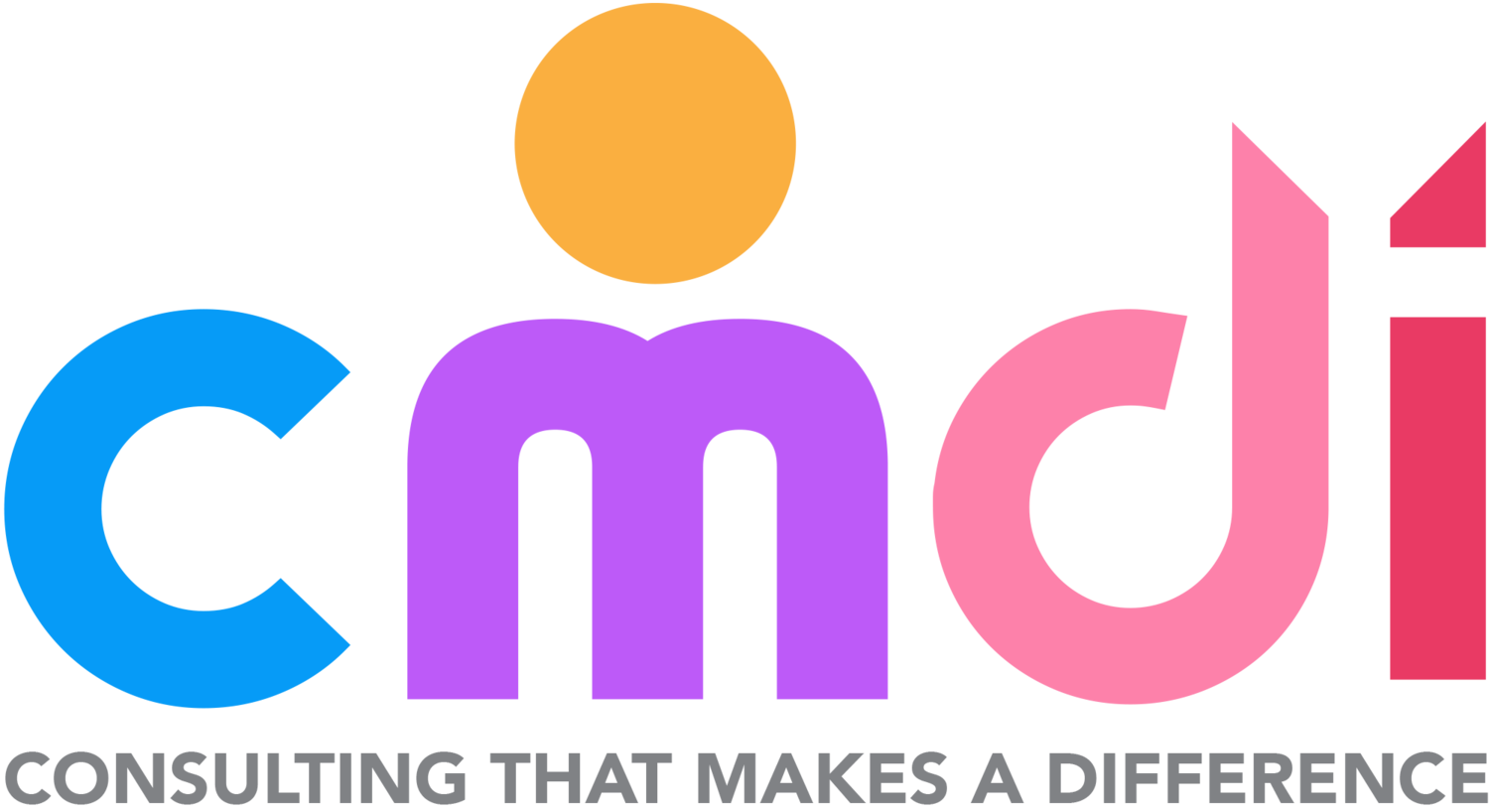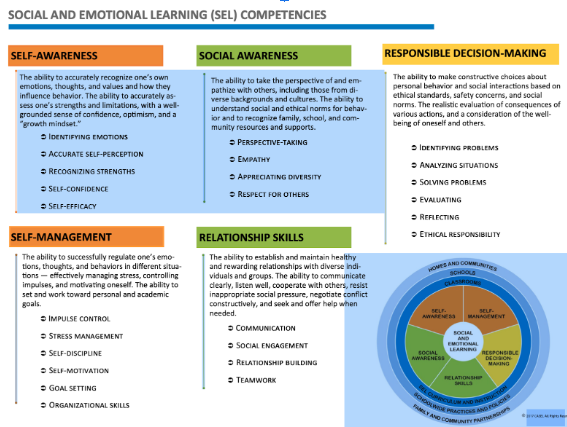Social Emotional Learning for the Everyday Classroom
There are many benefits of incorporating Social Emotional Learning (SEL) skills into your daily lesson plans. These skills are the foundation to learning and can be even more important than academic skills. As educators, we play an influential role in the development of a child’s social and emotional well-being. Students tend to struggle when they do not have the necessary skills to deal with obstacles in their lives. As educators, we have the opportunity to teach and model necessary coping skills that will aid our students emotionally and socially. As a former teacher for over 25 years, I clearly remember during one of our “kick-off to a new school year” meetings, our superintendent gave his motivational talk to us. Within his slideshow, I saw a motivational quote that ultimately made me reflect on my own classroom environment. “In teaching…You can’t do the Bloom stuff until you take care of the Maslow Stuff”.
That simple, yet powerful quote made me realize why SEL is so important for educators to embrace and allow to become part of their everyday classroom. When students’ basic needs are not being met, then how can we expect students to be responsive to our lessons in the classroom? Teachers, as well as students, must feel safe and valued to thrive not only educationally but also socially and emotionally. We want our students to be able to know when to ask for assistance without feeling judged by their peers or their teachers. Their questions should be part of a teachable moment. As educators, we hope that students can feel comfortable enough to turn to their peers for assistance when struggling. By making SEL a classroom focus, it becomes commonplace that students can pick up on social cues when others are struggling and want to assist them.
To educate the “whole child”, it can be helpful to consider an SEL framework. The Collaborative for Academic, Social, and Emotional Learning (CASEL) defines five core competencies of SEL. These are self-awareness, self-management, social awareness, responsible decision-making, and relationship skills. The chart below provides a better understanding of each component of the CASEL 5.
Understanding what the five core competencies of social emotional learning are and why they are important, will benefit students throughout their lives in situations ranging from school and work to families and communities. When students develop self-awareness and self-management skills, they are better equipped to apply these skills to other situations and build better relationships. The ultimate goal is to help children to develop their skills in all five competencies so that they can make better decisions.
Below is a link to a wonderful article that lists many easy-to-implement ways to incorporate social emotional learning into any classroom.
Here are some highlights from this article:
Start the day with a check-in.
Make it a goal to start each day with a personal connection. It doesn’t need to be a time-consuming or elaborate procedure. It could be as simple as giving a warm greeting to welcome each person as they arrive in the morning or asking a question, even if you are teaching virtually.
Do lots of partner activities.
Give kids lots of opportunities to work with partners. Working with a partner helps kids learn to cooperate and builds community in your classroom. Alternate between strategically assigning partnerships and allowing kids to make their own choices.
Teach kids how to work in a group.
Being able to work in a group setting is an important life skill. Students will learn how to negotiate with others, develop leadership skills, and figure out their own strengths so they can best contribute to the group.
Make space for reflective writing.
Give your student time to journal and free-write. Put on quiet music. Dim the lights. Make writing time a quiet, soothing break from busyness that your students will look forward to. For reluctant starters, you can provide a menu of optional prompts.
Teach students to monitor their own progress.
Make personal goal setting (academic, emotional, social, etc.) a regular activity with your students. It will strengthen their intrapersonal skills and give them ownership of their own learning. Help them develop the habit of revisiting and adjusting their goals often to monitor progress. Am I meeting my goals? What do I need to work on next? How do I want to grow?
More information about social emotional learning can be found in the links below:
https://www.understood.org/articles/en/how-sel-helps-you-as-a-teacher
https://casel.org/fundamentals-of-sel/what-is-the-casel-framework/
https://www.edutopia.org/article/how-maslow-bloom-all-day-long

